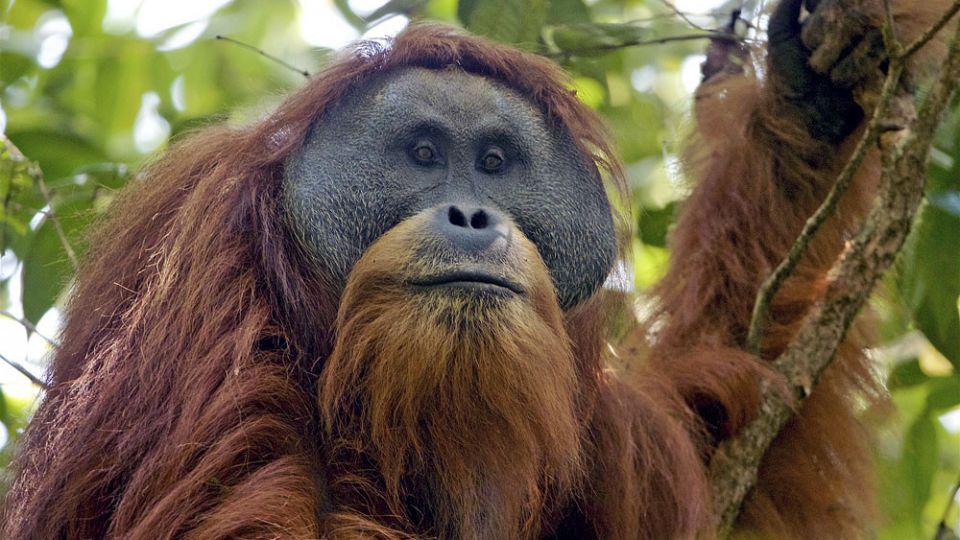October 11, 2019
Pushed by the aggressive encroachment of forests, Indonesia’s endemic great ape, the Tapanuli orangutan, is officially among the world’s most endangered primates as fewer than 800 currently exist in the wild.
The species was included in a report titled “Primates in Peril: The World’s 25 Most Endangered Primates, 2018-2020” released on Monday, which cited ongoing forest conversions and increasing human-orangutan interactions as the main factors that place the arboreal mammals in danger.
Global Wildlife Conservation’s great ape conservation director Dirck Byler said he was not surprised by the Tapanuli orangutan’s inclusion in the report because of the many threats to its small population.
“As the home of the Tapanuli orangutan and two other orangutan species, Indonesia has the chance now to become a leader in great ape conservation by implementing the kinds of measures that will not only protect this special animal and its habitat, but that has the potential to positively impact local economies and livelihoods through ecotourism,” Byler said in a statement.
He also called for all stakeholders, namely lawmakers, conservationists, indigenous people and community members, to take part in protection efforts for the great ape.
The report itself is a collaborative work between the International Union for Conservation of Nature’s Species Survival Commission (IUCN SSC) Primate Specialist Group, the International Primatological Society, Global Wildlife Conservation and the Bristol Zoological Society. It features the 25 most endangered primates from four regions – namely Africa, Madagascar, Asia and the Neotropics – that are most in need of conservation action.
The Tapanuli orangutan was first discovered in 2017, according to a study conducted by a group of international researchers published in Current Biology in the same year. The study revealed that Tapanuli orangutans are a distinct species with smaller skulls and frizzier hair than the two previously recognized Sumatran orangutan and Bornean orangutan.
Tapanuli orangutans live in fragmented locations in the 133,841 hectares of mountainous areas in the Batang Toru ecosystem, south of the famous Lake Toba in North Sumatra.
Besides Tapanuli orangutans, seven other primate species made the list, including the Skywalker hoolock gibbon in China and Myanmar, the Bemanasy mouse lemur in Madagascar, and pied tamarin in Brazil.


